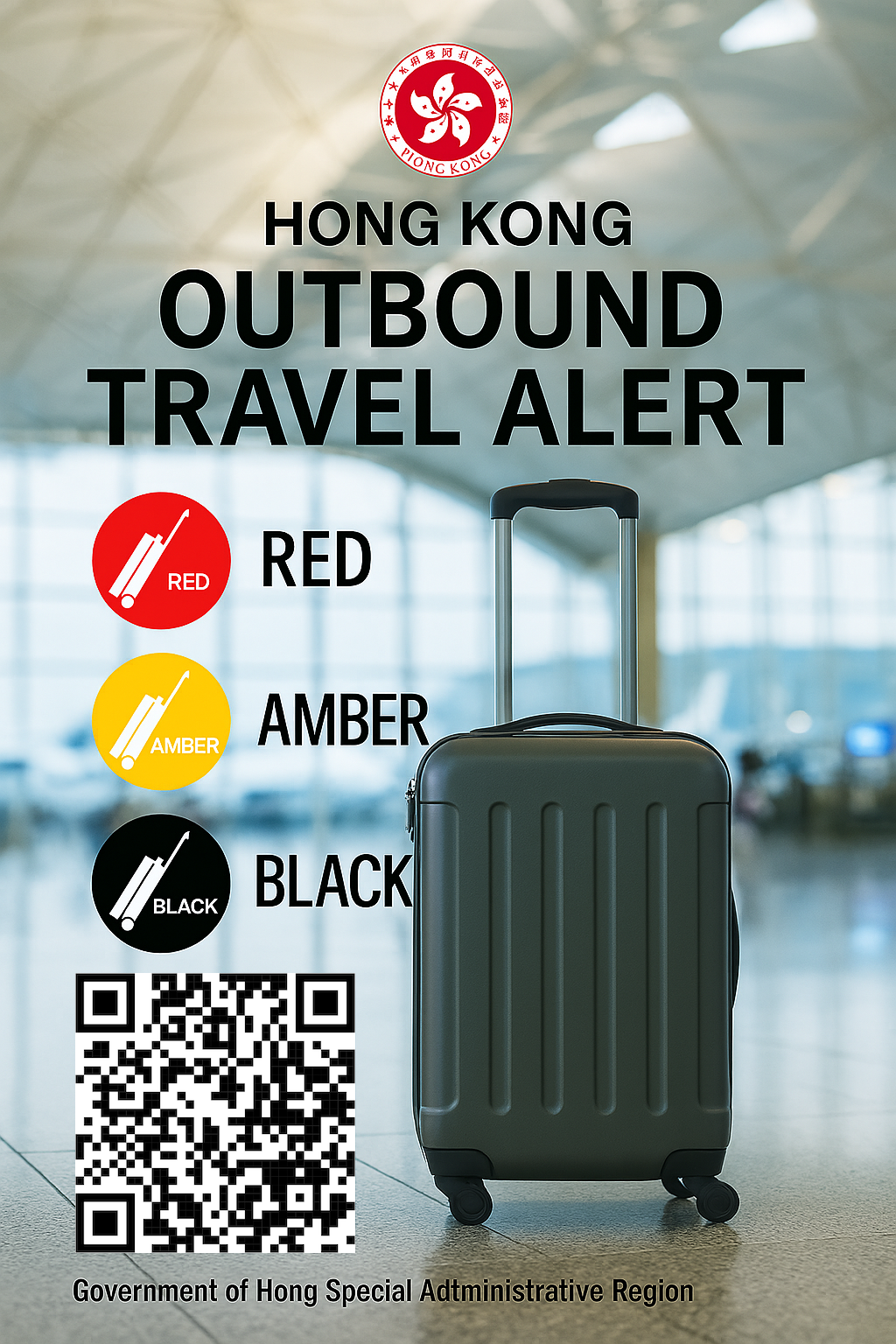This post is also available in:
简体中文 (Chinese (Simplified))
繁體中文 (Chinese (Traditional))

Understanding the New Temporary Electronic Permit
The temporary electronic permit is a digital solution for Hong Kong, Macao, and Taiwan residents who lose, damage, or forget their travel permits while in mainland China. It is valid for seven days and can be used for travel, accommodation, and other essential activities. This permit is designed to provide immediate assistance in emergencies, ensuring residents can continue their stay without disruption.
Eligibility is straightforward: residents must hold valid identification from Hong Kong, Macao, or Taiwan. The permit is issued by the National Immigration Administration (NIA), which oversees its implementation and ensures compliance with security measures. Unlike traditional paper permits, the electronic version is accessible via a mobile app or online platform, making it easier to carry and verify.
Application Process for the Temporary Electronic Permit
Applying for the temporary electronic permit is simple and can be done online. Residents need to provide basic information, such as their name, identification number, and reason for the application. The NIA’s online portal guides users through the process, which includes uploading a photo and verifying identity through real-time services.
Once submitted, the application is processed quickly, often within hours. Residents can check the status of their application through the same portal. If approved, the permit is issued digitally and can be accessed on a smartphone or printed if needed. This streamlined process reduces the time and effort required compared to traditional permit replacements.
Benefits and Convenience of the Temporary Electronic Permit
The temporary electronic permit offers significant convenience. For residents who lose or damage their travel permits, it eliminates the need to visit an immigration office in person. Real-time verification services ensure that the permit is valid and can be used immediately for activities like booking hotels or purchasing transportation tickets.
The permit also integrates with other services, such as banking and telecommunications, making it easier for residents to manage their affairs during their stay. This integration reduces the need for multiple documents and simplifies processes that would otherwise be time-consuming.
Challenges and Considerations
While the system is efficient, there are potential challenges. Some residents may face difficulties with the online application process, especially if they are unfamiliar with digital platforms. The NIA provides support through helplines and in-person assistance to address these issues.
Security is a priority. The temporary electronic permit uses advanced encryption to prevent misuse, and personal data is protected under strict privacy regulations. These measures ensure that the system is both secure and reliable.
Real-World Examples and Case Studies
Since its introduction, the temporary electronic permit has helped many residents in emergencies. For example, a Hong Kong resident who lost their travel permit while visiting Shanghai was able to apply for the electronic permit and continue their trip without delay. Similarly, a Macao resident who forgot their permit at home used the system to attend a business meeting in Beijing.
Residents have praised the system for its convenience and efficiency. One user noted, “I was worried about missing my flight, but the electronic permit saved me. It was quick and easy to use.”
Future Developments and Improvements
The NIA plans to expand the use of electronic permits, integrating them with more government services and digital platforms. Future improvements may include extending the validity period or adding features like multilingual support. These developments aim to make the system even more user-friendly and accessible.
Collaboration with other countries and regions is also being explored to enhance travel and residency measures. The long-term goal is to create a seamless experience for Hong Kong, Macao, and Taiwan residents traveling to mainland China.



